April 14, 2015
RBS to save £18 million a year with office consolidation plans 0
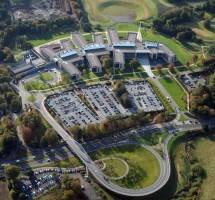 The Royal Bank of Scotland (RBS) is to close four of its offices in Edinburgh as it moves to consolidate its operations at its Gogarburn headquarters. The change is expected to divest around 344,000 sq. ft. of space at the four existing sites in the centre of Edinburgh, saving some £18 million a year when the move is completed by 2017. By then some 6,000 employees will be working at the HQ in the rural district of Gogar, doubling the number of existing employees on the site. In addition to the consolidation, RBS is opening up the building to new and existing businesses to promote their growth. The plans involve the creation of a centre for entrepreneurs and small businesses which will allow them access to expert advice and finance, develop relationships with RBS and also encourage them to collaborate and share ideas with each other.
The Royal Bank of Scotland (RBS) is to close four of its offices in Edinburgh as it moves to consolidate its operations at its Gogarburn headquarters. The change is expected to divest around 344,000 sq. ft. of space at the four existing sites in the centre of Edinburgh, saving some £18 million a year when the move is completed by 2017. By then some 6,000 employees will be working at the HQ in the rural district of Gogar, doubling the number of existing employees on the site. In addition to the consolidation, RBS is opening up the building to new and existing businesses to promote their growth. The plans involve the creation of a centre for entrepreneurs and small businesses which will allow them access to expert advice and finance, develop relationships with RBS and also encourage them to collaborate and share ideas with each other.





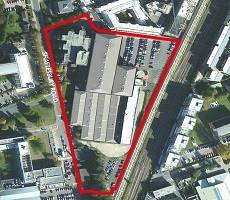


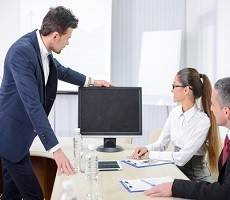
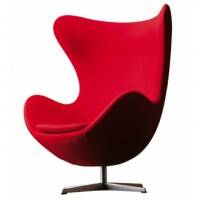
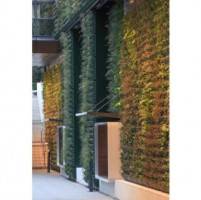

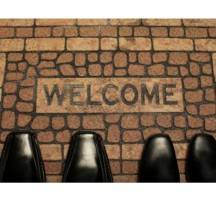
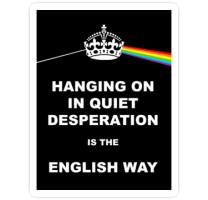
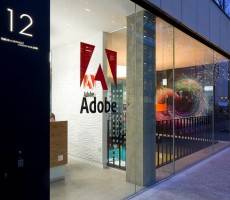









March 13, 2015
It’s worth exploring alternative forms of finance for office fit out
by Mark Eltringham • Comment, Facilities management, Workplace design
(more…)